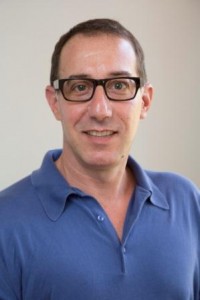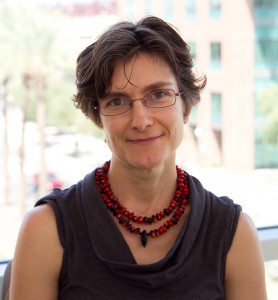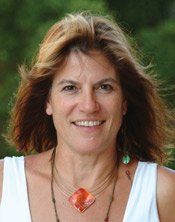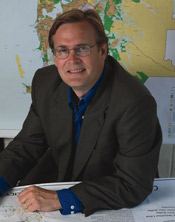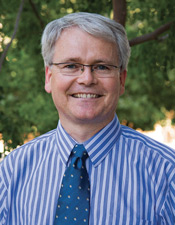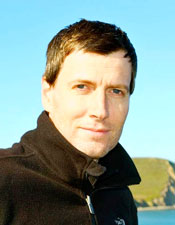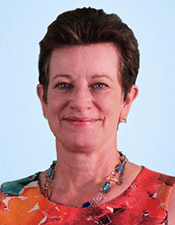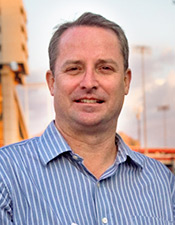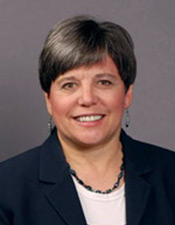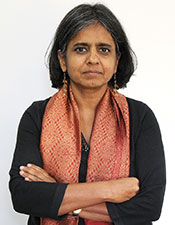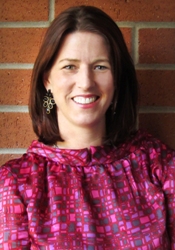What can art bring to sustainability?
October 24, 2014
 A Thought Leader Series Piece
A Thought Leader Series Piece
By Heather Lineberry
Note: Now through January 17, the ASU Art Museum hosts Trout Fishing in America and Other stories, an exhibition by artists Bryndis Snæbjörnsdóttir and Mark Wilson. The project is supported by a research grant from the Julie Ann Wrigley Global Institute of Sustainability.
Over the past four decades, solutions to the persistent and complex challenges of sustainability have typically been developed through scientific analysis. There has been an assumption that knowledge will lead to appropriate action. Recently the accuracy of this one-dimensional assumption has been in question, and many have begun to seek more effective ways of developing robust solutions.
About a year ago, Arnim Wiek from the School of Sustainability asked me to co-author a chapter for an introductory textbook on sustainability. This might seem an odd request for a contemporary art curator and art historian, but much of my research and curatorial work has explored the ways that artists have engaged with our challenges in living sustainably. I've found that art can facilitate deep collaboration across disciplines and social groups to challenge existing models and propose new ones.


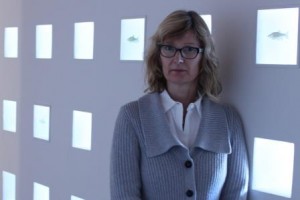
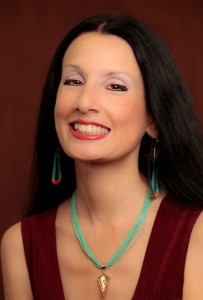
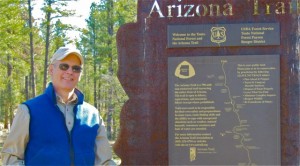
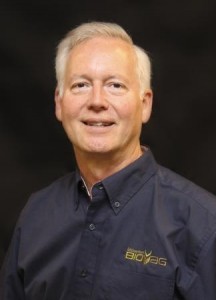
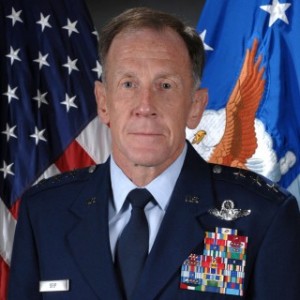
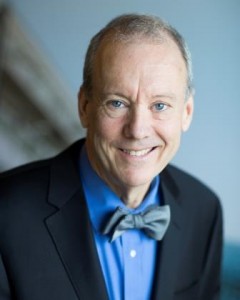
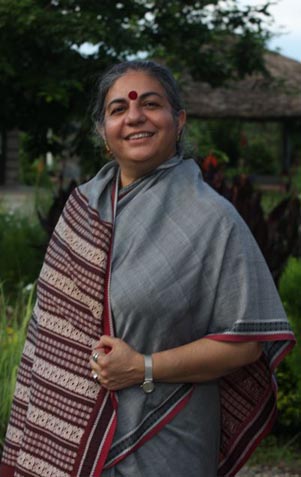 A Thought Leader Series Piece
A Thought Leader Series Piece